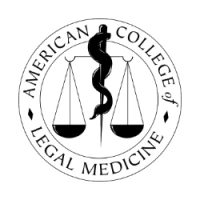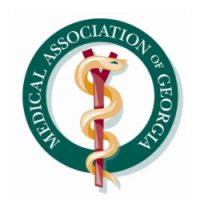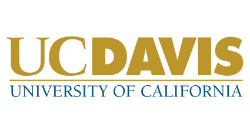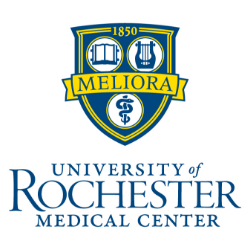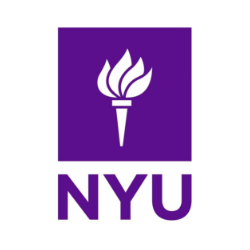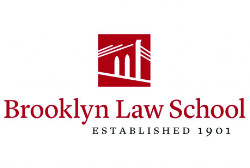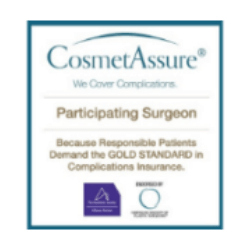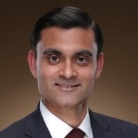Facelift/Necklift Atlanta
Considered the most comprehensive of all facial surgeries, a facelift restores the firmness of your cheeks, jaw, and neck
What is a Facelift and a Necklift?
There are many techniques plastic surgeons use to help tighten the facial skin and soft tissue, which can sag and lose tightness as you get older and experience continued sun damage. These approaches typically involve tightening both the outer skin as well as a deeper muscular layer called the SMAS (superficial musculoaponeurotic system). This is commonly referred to as a “facelift” but this technique is used for different objectives to achieve the desired result.
An isolated necklift can be a powerful way to improve neck definition without involving scarring around the ears or hairline. This typically involves an incision behind the crease under your chin, which enables your surgeon to tighten the muscle layers in the neck.
A necklift combined with a facelift can offer the most powerful facial and neck rejuvenation possible. Your facelift incision provides even better access to the neck musculature causing platysmal bands, which are cords of tissue that tense with activity or straining.
Facelift/Necklift consultation
Dr. Patel is familiar with multiple techniques that can address your facial rejuvenation goals, whether it is to tighten loose skin and remove fat from the “bags” under your eyelids, lift the cheeks, soften deep smile lines along the sides of the mouth, or address jowls near the jawline.
Some patients may be a candidate for a “short-scar” facelift, which limits the incision around the ear and avoids getting into the hairline. Others may be better suited for a “full-scar” facelift, which offers the greatest degree of control and upward pull on the facial tissues.
For men, there are special considerations, particularly for those who lack hair to blend scars. Dr. Patel will work with your unique anatomy to help you achieve your facial rejuvenation goals.
Facelift/Necklift consultation


What to expect after a Facelift/Necklift treatment
Facelift/Necklift recovery varies a lot between individuals but it requires patience and regular follow-up visits for best results. There are a lot of do’s and don’ts following this procedure, so be extremely careful and give yourself time to recover before returning to your normal routine.
Apart from following your recovery progress, Dr. Patel will also advise on how to treat your surgical wound after surgery and he will also provide post-operative care in stages. Over the next 1–2 months, you will need to monitor your wound carefully and leave it to heal naturally. Refrain from vigorous activity and anything that involves contact with or around the wound.
Best candidates for Facelift/Necklift
You’re a good candidate for a facelift and necklift if you:
- Want to change age-related appearance of your face due to sagging or excess skin
- Do not have adverse health conditions such as diabetes or high blood pressure
- Do not smoke or drink heavily (both can adversely impact the surgery)
- Are not taking medication that conflicts with facelift/necklift procedures (Dr. Patel will check your medical records and ask you about this during consultation)
- Understand the risks and are willing to follow post-op care carefully
Facelift/Necklift FAQs
Most patients who opt for a facelift are between their 40s and 60s because they want to counteract sagging or excess skin from aging. However, while a facelift could help you look and feel younger, it is not a treatment that addresses the root cause of sagging skin because that is solely due to aging.
No, it will not. Dr. Patel uses the latest techniques and innovations in plastic surgery to ensure you look naturally youthful. Every patient is different and Dr. Patel will work toward getting you to look like your best self, based on your current situation.
It varies from case to case, but 2 weeks is the minimum period of time that most patients need to consider for their recovery. The healing process takes a few months to complete but you should see good results by then.
It is possible to get local anesthesia in some cases but on the whole, Dr. Patel prefers the use of general anesthesia for more involved facial procedures that entail several hours of operating, as this minimizes a patient getting “light” and moving around during the procedure. Under certain conditions, Dr. Patel can perform a limited sequence of procedures under local anesthesia with IV sedation only. General anesthesia can pose risks for postoperative nausea, which can lead to heaving and straining after surgery.
You do not have to get both procedures together. However, if Dr. Patel advises it for best results, you should consider getting them done together, as it saves you the hassle of recovering from surgery again later.



